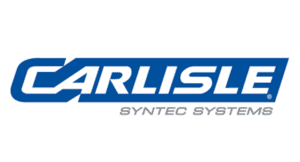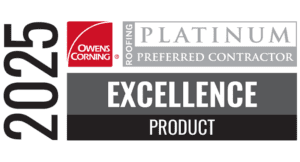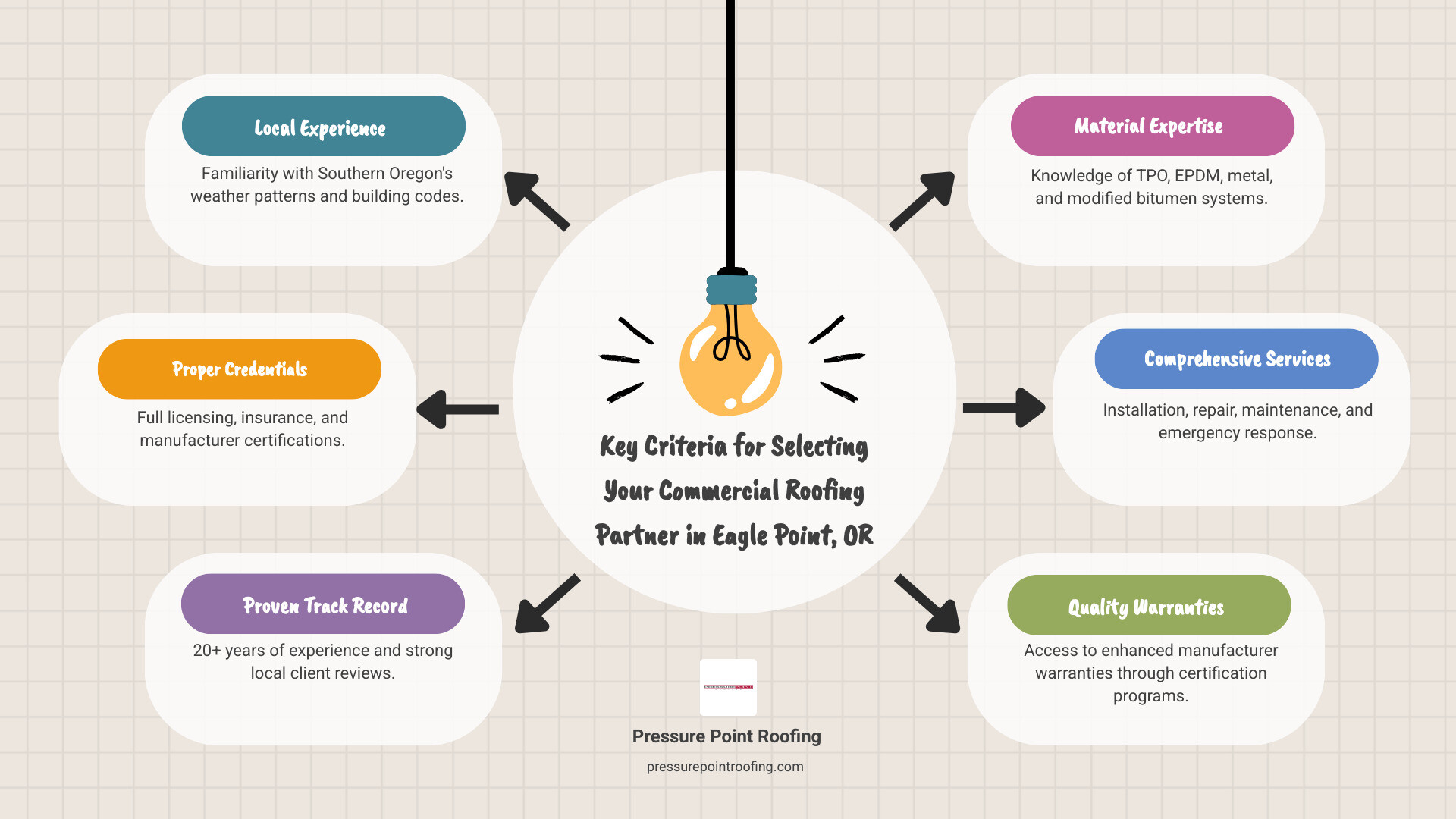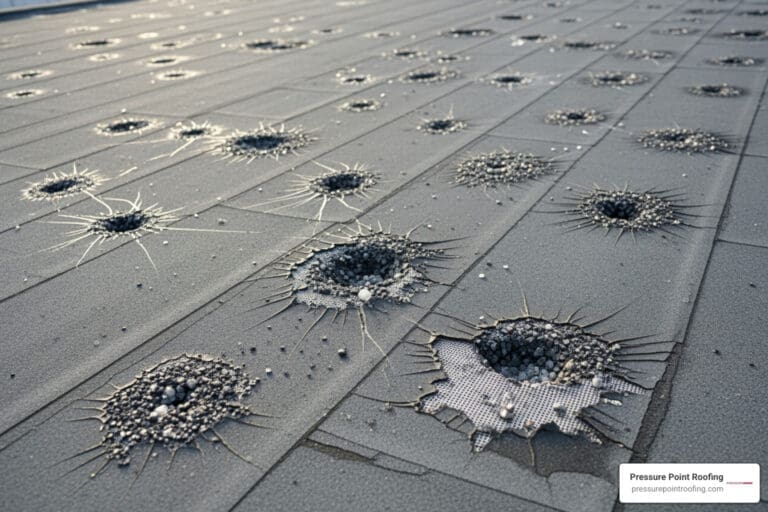Is It True the Color of a Roof Impacts a Home’s Temperature?
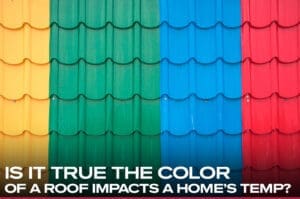 When homeowners consider replacing their roofs, color may seem like an aesthetic choice—something to complement the siding or blend with the natural landscape. But did you know the color of a roof impacts a home’s temperature, potentially influencing energy efficiency and indoor comfort?
When homeowners consider replacing their roofs, color may seem like an aesthetic choice—something to complement the siding or blend with the natural landscape. But did you know the color of a roof impacts a home’s temperature, potentially influencing energy efficiency and indoor comfort?
At Pressure Point Roofing, we often help homeowners in Southern Oregon explore the many roofing options available—not just for durability and curb appeal, but also for how color plays a key role in climate control. If you’re weighing your roofing choices, here’s why you should factor in color and how we can help guide you to the right decision for your home.
The Science Behind Roofing Color and Heat Absorption
The basic physics behind heat absorption is simple: dark colors absorb more light and heat, while light colors reflect it. This applies directly to roofing materials. In summer, a black or dark gray roof can become up to 50–100 degrees hotter than a light-colored one, increasing the heat transferred into your attic and, eventually, your living space.
If your roof is dark, especially in areas with high sun exposure, your air conditioning system may work harder to cool your home. In contrast, light-colored roofing reflects more sunlight, lowering indoor temperatures and reducing cooling costs.
This principle—called “solar reflectance” or “albedo”—is now a key factor in energy-efficient home design.
How the Color of a Roof Impacts a Home’s Temperature Year-Round
You may wonder: if darker roofs retain heat, could that be beneficial in winter? While it’s true that a darker roof can marginally help retain heat in colder months, the benefits are usually outweighed by the impact during hot seasons, especially in areas like Southern Oregon, where summers can be long and warm.
Here’s how different seasons are affected:
- Summer: A dark roof can increase your attic temperature by 30–40°F, causing your HVAC system to work overtime.
- Winter: While a dark roof may slightly reduce heat loss from snow-covered rooftops, most heat loss occurs through uninsulated attics, windows, and doors—not the roof surface itself.
Choosing a roofing color with high solar reflectance—especially when paired with proper attic ventilation and insulation—has year-round benefits.
Material and Color: A Powerful Combination
Roofing material and color work hand-in-hand. Some materials naturally have better reflectivity, while others can be enhanced with color or coating:
- Metal Roofs: Naturally reflective and available in a wide range of colors. Lighter tones offer excellent solar reflectance.
- Asphalt Shingles: Traditionally less reflective, but newer products are now ENERGY STAR® certified with higher reflectivity values.
- Clay or Concrete Tiles: Available in light colors and good at dissipating heat, especially when installed with airspace beneath to enhance ventilation.
- Synthetic Shingles or Slate: These can mimic traditional materials but may include modern innovations for better thermal performance.
Choosing the Right Roof for Southern Oregon Homes
A new roof is one of the most important investments you can make in your home. It protects your structure, enhances curb appeal, and contributes to your home’s efficiency and comfort. Because roofing color impacts a home’s temperature, this choice should be made with guidance from professionals who understand both form and function.
In Southern Oregon, we experience all four seasons. That means your roofing system must be tough enough to withstand heavy rains and occasional snow while also enduring dry, hot summers. When selecting a new roof, it is key to balance durability, weather performance, and energy efficiency.
Here are some considerations:
- Sun Exposure: Homes with full sun throughout the day benefit the most from lighter-colored or reflective roofs.
- Neighborhood Aesthetics: HOA rules or community appearance may influence your color choices.
- Personal Comfort Goals: If reducing summer heat and lowering air conditioning bills is a top priority, roofing color becomes even more important.
- Environmental Impact: A lighter, more reflective roof contributes less to the “urban heat island” effect and is more environmentally friendly.
At Pressure Point Roofing, we’re here to help you choose the roofing system that best meets your home’s needs. We work with high-performance materials and stay current on industry innovations that improve energy efficiency and reduce homeowners’ long-term costs.
Call us today or visit Pressure Point Roofing online to schedule a roofing estimate or consultation. Our experienced team is ready to help you make an informed, confident decision that will benefit your home for decades. Remember, a roof does more than just protect—it performs. And your choice of color can have a bigger impact than you think. Let Pressure Point Roofing help you get it right.
Schedule a Consultation
By submitting this form, I agree to receive calls and text messages (including those sent using automated technology) from Pressure Point Roofing, LLC and its representatives at the number provided. Message and data rates may apply. Message frequency may vary. Consent is not required as a condition of purchase. Reply STOP to unsubscribe at any time.
Related Content
Partners and Awards

